Pleasurewood Hills
Explore
Visit the Cambridge Museum of Technology to explore the city’s industrial heritage, working steam engines, and hands-on exhibits. Family-friendly and riverside charm.
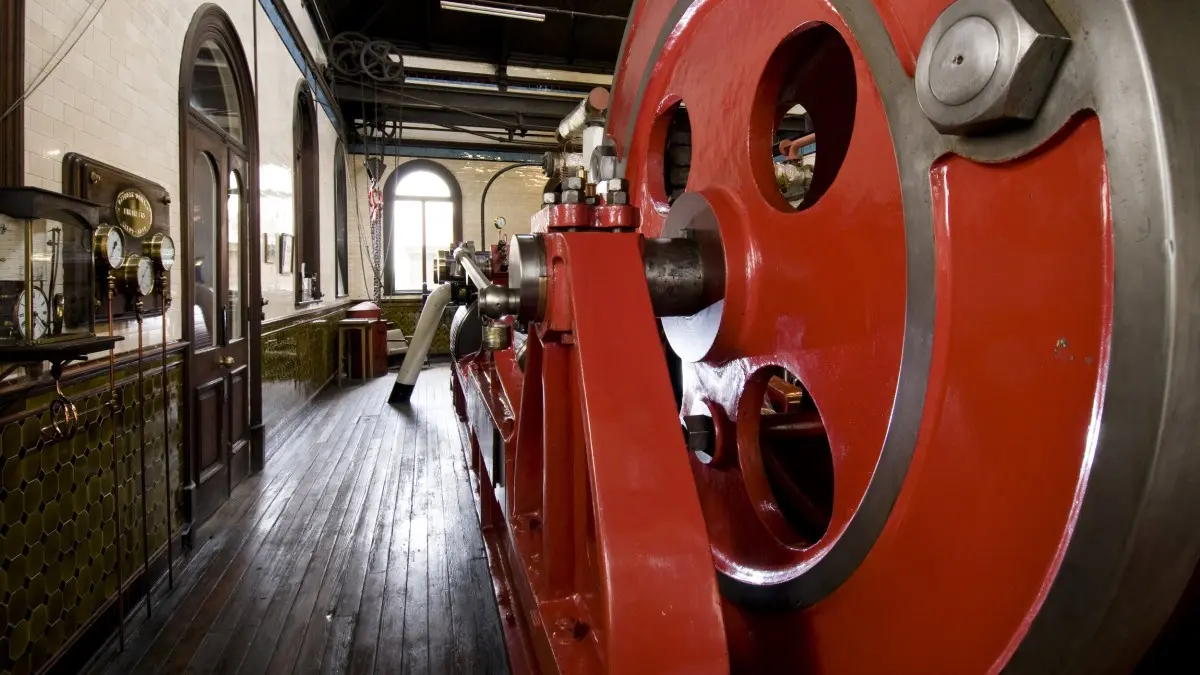
The Cambridge Museum of Technology, located on the banks of the River Cam, offers a fascinating insight into the industrial history of Cambridge and its surrounding areas. Housed in a former sewage pumping station, the museum preserves the city’s engineering and industrial heritage through an array of exhibits, steam engines, and interactive displays. Visitors can explore the evolution of technology and its impact on everyday life.
Highlights include the museum’s impressive collection of working engines, historic machinery, and exhibits that delve into the lives of those who worked in local industries. Through hands-on experiences and informative displays, visitors gain a deeper appreciation of Cambridge’s role in innovation and engineering. The museum also hosts special events and live demonstrations, bringing its industrial past vividly to life.
With its unique location and engaging exhibits, The Cambridge Museum of Technology is a must-visit for history buffs, families, and anyone interested in the story of industrial progress. Its riverside setting adds to its charm, making it a perfect stop for a day of exploration in this historic city.
Witness the power of historic steam engines, brought to life during live demonstrations that showcase the ingenuity of past engineering.
Explore a fascinating collection of machines and tools that played a pivotal role in Cambridge’s industrial development.
Engage with hands-on displays that make the museum’s exhibits informative and fun for visitors of all ages.
Enjoy refreshments at the Engineer’s Café while taking in the picturesque riverside location, adding a relaxing touch to your visit.
Why not make a weekend of it? Explore Nearby Attractions. Scroll to zoom in or out on map.
Curious about Cambridge Museum of Technology? We've compiled answers to the most frequently asked questions to help you uncover the highlights and visitor essentials.
It’s situated on Riverside in Cambridge, within a former sewage pumping station.
Visitors can see working steam engines, historic machinery, and exhibits on Cambridge’s industrial past.
Yes, the museum includes restrooms, a gift shop, and the Engineer’s Café, offering refreshments and light meals.
Yes, the museum frequently hosts live demonstrations of its working machinery and steam engines.
Nearby attractions include the River Cam, Cambridge Science Centre, and The Fitzwilliam Museum.
Make your trip unforgettable by exploring these nearby attractions during your visit.
 Lowestoft
Lowestoft
 Bury St Edmunds
Bury St Edmunds
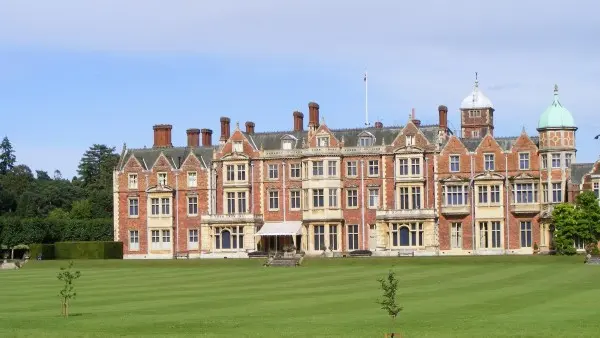 Sandringham
Sandringham
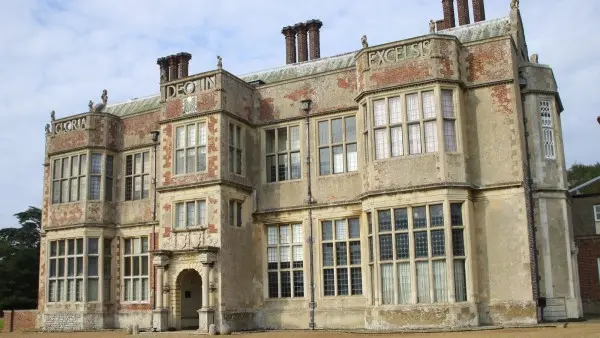 Norwich
Norwich
 Dunstable
Dunstable
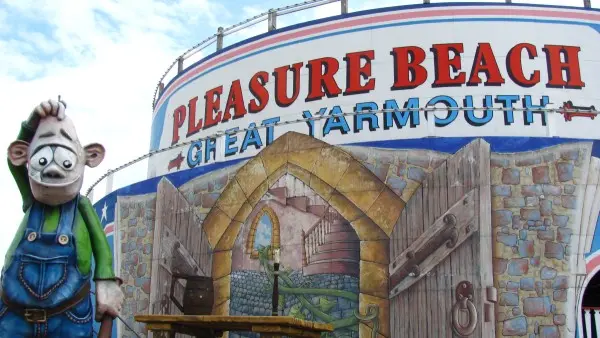 Great Yarmouth
Great Yarmouth
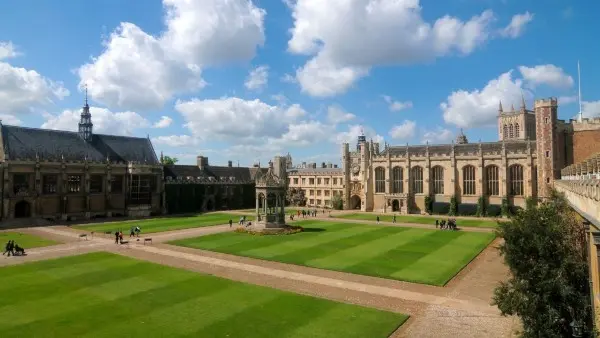 Cambridge
Cambridge
 Norwich
Norwich
 Woburn
Woburn
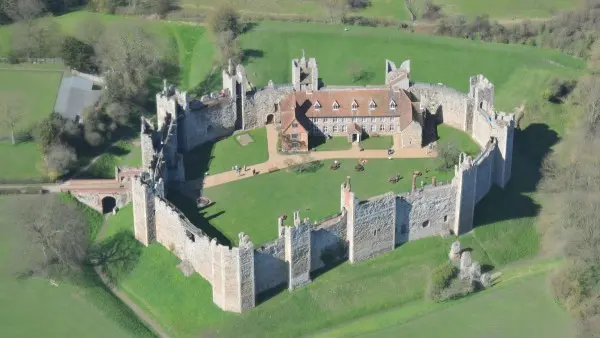 Framlingham
Framlingham
 Great Yarmouth
Great Yarmouth
 London Colney
London Colney